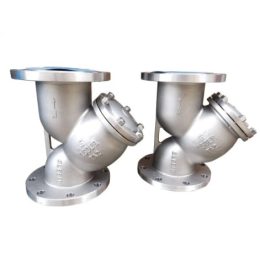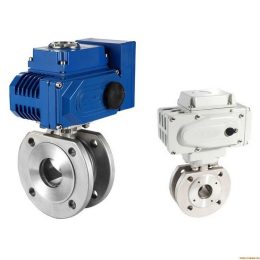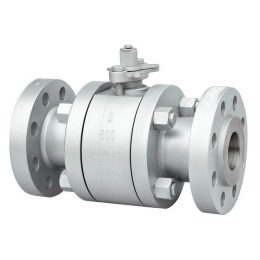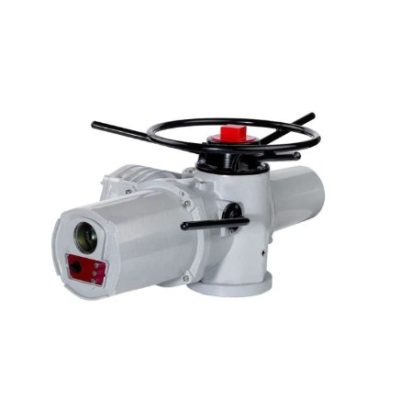
Rotary Electric Actuator
Introduction
Rotary electric actuators are reliable, precise, and energy efficient devices that control the position of valves or dampers in industrial settings. They offer a range of torque and speed options, and can be customized with optional functions to meet specific application requirements. Fieldbus systems like Modbus, Profibus, and Hart provide flexibility and control in communication with these actuators.
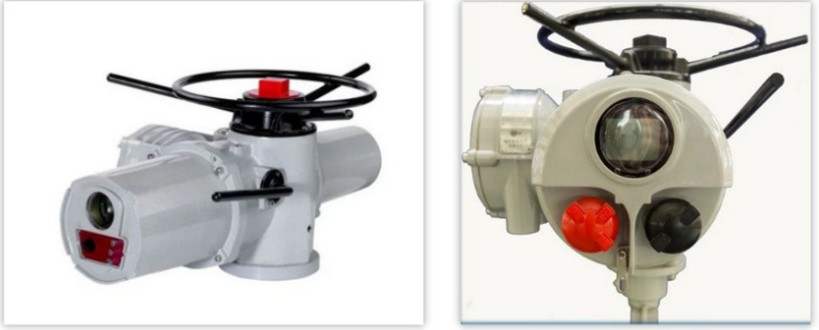
Technical Specifications:
PRODUCT RANGE
Torque Rage 125 N.M to 400,000N.M
Voltage supply: 24VDC, 110V AC~660V AC, 50HZ/60HZ, Single or Three Phase
Output Speed: 18/21rm~144/173rpm
DESIGN FEATURES
IP68, Double-seated structure
Isolation: Class F, Class H (optional)
Optional Function
Modulation I/O signal 4-20mA
Explosion Proof (ATEX, CUTR)
Fieldbus System
Modbus, Profibus, Hart, etc.
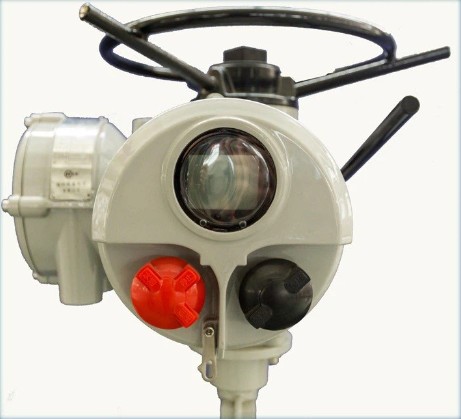
Advantages
Rotary electric actuators offer several advantages over other types of actuators. They are more reliable and require less maintenance than pneumatic or hydraulic actuators. They are also more precise, providing more accurate control over valve or damper position. In addition, they are more environmentally friendly, producing less noise and requiring less energy to operate.
Applications
Rotary electric actuators are used in a wide range of applications, including:
- Oil and Gas
- Power Generation
- Water Treatment
- Chemical Processing
- Pharmaceutical Manufacturing
- Food and Beverage Processing
Benefits
The benefits of using rotary electric actuators include:
- Improved reliability and uptime
- More precise control over valve or damper position
- Reduced maintenance requirements
- Lower energy consumption
- Reduced noise and vibration
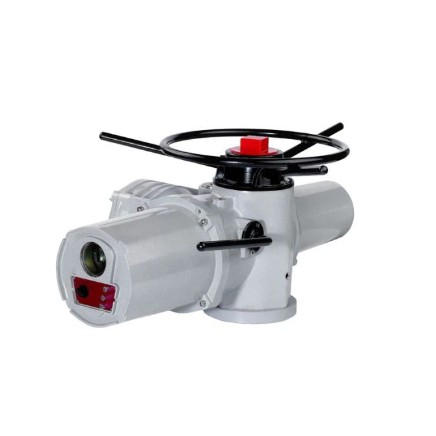
Installations
Rotary electric actuators are typically installed on valves or dampers in industrial process applications. The installation process involves mounting the actuator to the valve or damper, connecting the actuator to the control system, and configuring the actuator for the specific application.
Q&A
Q: What is the torque range of rotary electric actuators?
A: The torque range of rotary electric actuators is 125 N.M to 400,000N.M.
Q: What are the optional functions of rotary electric actuators?
A: The optional functions of rotary electric actuators include modulation I/O signal 4-20mA and explosion proof (ATEX, CUTR).
Q: What fieldbus systems can be used with rotary electric actuators?
A: Fieldbus systems that can be used with rotary electric actuators include Modbus, Profibus, Hart, and others.
- Especially in The Case Of Coal
- How Floating Ball Valves Work
- “Understanding Ball Valves: Exploring the Parts of a High-Performance Control Solution”
- 10 Ways To Extend The Service Life Of Industrial Valves
- The Use Environment Of Explosion-proof Electric Control Valve
- How to distinguish the structure of the ball valve
